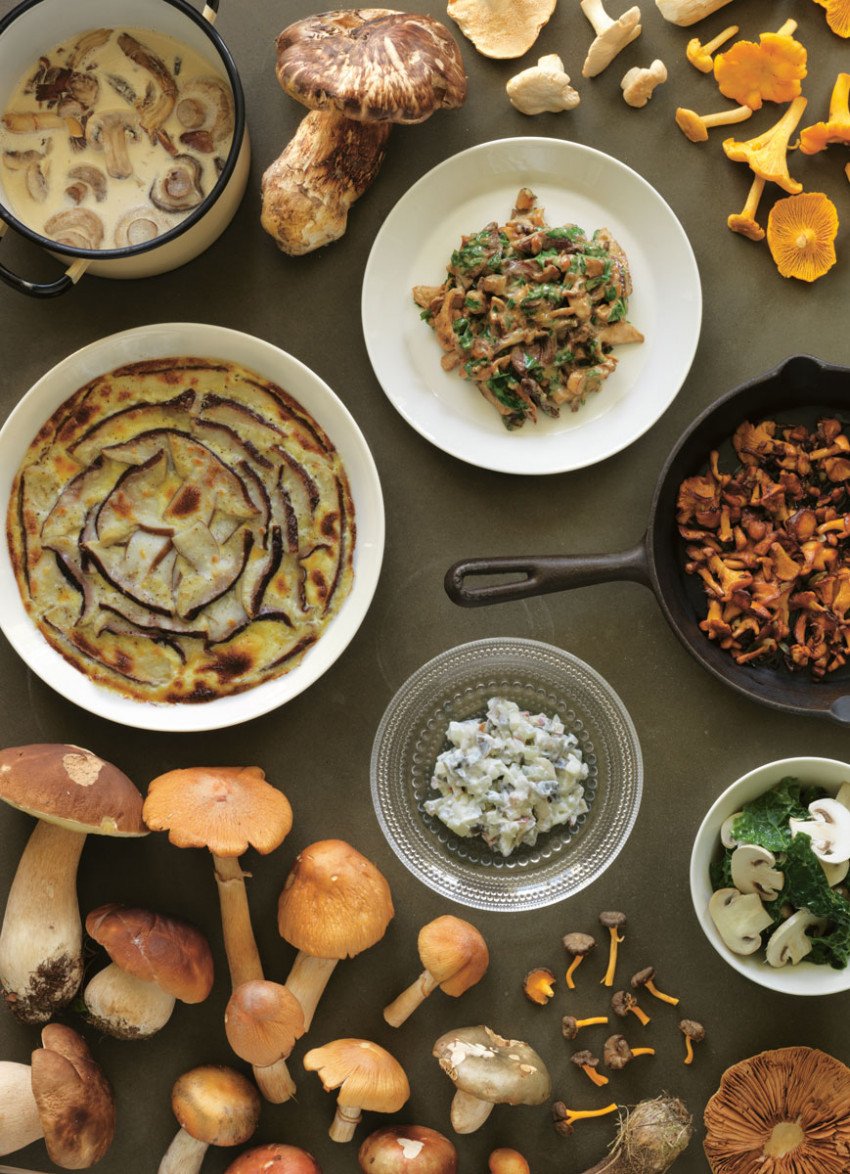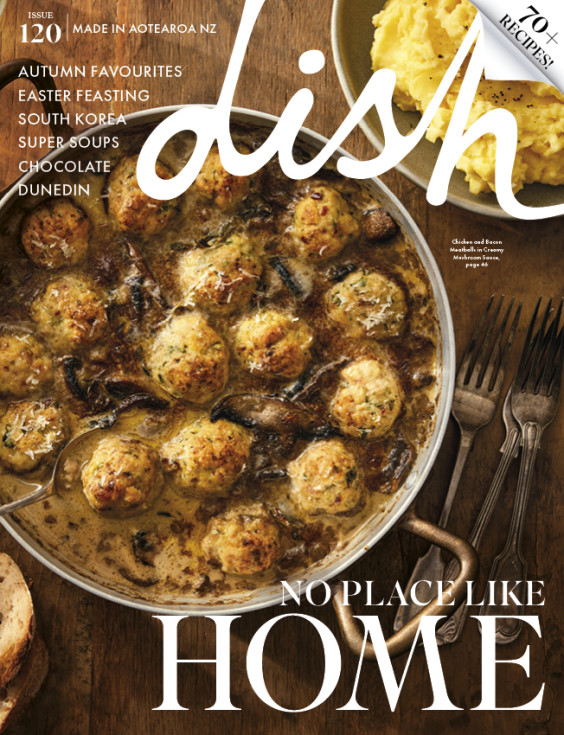Northern Expedition
Photography by Magnus Nilsson.

Acclaimed chef Magnus Nilsson has spent three years unravelling the mysteries of Nordic cuisine and now he wants to share them with the world.
From the moment you pick up The Nordic Cookbook, its weight reveals it’s a far cry from any other book attempting to cover Nordic cuisine. As the head chef of Sweden’s Fäviken, a restaurant consistently ranked among the world’s best, it makes sense Magnus Nilsson was asked to write such a definitive book. Although, at first, Magnus didn’t see why it should be written at all. He told the publisher it was a mistake to “lump” together food from Greenland to Finland to the Faroe Islands. “Stupid” is the word he uses on the book’s first page.
After months of indecision, Magnus realised if he wasn’t going to write the book, someone else would. Three years and 800 pages later, The Nordic Cookbook has come out of thousands of recipes, clippings and articles Magnus collected while researching and travelling. He also took most of the photographs, capturing intimate portraits of people in their kitchens as well as stunning landscapes which appear between the book’s recipes. The book took a year longer than was planned, but Magnus wouldn’t have minded if the project had continued forever.

“When I started it, there was no turning back,” he tells me from his Sydney hotel during one of many stops on his recent worldwide tour. “It was lots of fun, it wasn’t like I suffered.” He says it was “humbling” to discover how much there was for him to learn. “I was asked to do this book because I was supposed to have a specialised knowledge of what Nordic cooking is, which I felt I had. It turned out I knew very, very little in comparison to what there was to discover and that was pretty fantastic for me.”
After cooking school, Magnus spent three years cooking in top Paris restaurants before moving back to Sweden, where he had grown up. At this point, he stopped cooking. Never one for imitation, he felt his food resembled lesser versions of what he had been learning in Paris. Instead of continuing as a chef, he planned to become a wine writer. In 2008, Magnus began working at Fäviken, 600 kilometres north of Stockholm, tasked with building the restaurant’s wine cellar. Eventually he ended up in Fäviken’s kitchen, finding inspiration in the limits of the region’s harsh winters and isolation.

Under Magnus’s guidance, the restaurant soon rose to become one of the world's most intriguing food destinations. The restaurant uses only local produce even in winter, relying heavily on aged meat and a cellar filled with vegetables in boxes and jars, stored for months on end. Rather than the usual influence of surrounding chefs, Magnus is focused on traditional techniques, working tirelessly to make them his own.
The reputation of Fäviken, as well as Denmark’s Noma, have become well-known across the globe, but knowledge about the food cooked in Nordic homes each day remains somewhat obscure. “It’s difficult if you don’t know anyone who can take you into their homes and teach you about traditional cooking. I wanted to show there’s more [to Nordic food] than just herring, meatballs and rotten Icelandic shark that people have seen in a YouTube video,” he says. “I really tried to include the dishes that people actually cook on an everyday basis, meaning they’re relevant and accessible.”

Focusing on cuisine Nordic countries share, the book’s pages spell out beautifully simple pastry recipes, traditional ways of preparing vegetables and dishes made with stored meat, alongside more recent traditions. One of Magnus’s meditations focuses on the spread of Italian-style pizza across Nordic countries, another on the place of fika (a break taken for pastry and coffee) within a modern working day. The chef also pushed for the inclusion of more confronting recipes and imagery, including a spread documenting a pilot whale hunt in the Faroe Islands. He says it was important to include it as part of his journalistic approach but also hopes people will rethink their “instinctive” reaction to such practices.
“Whaling in the Faroe Islands is not the same as commercial whaling. The number killed is too little to affect the population – in this case I don’t see the difference between that and any other form of hunting or killing of animals,” he says. “Whales are intelligent, but all animals are intelligent; if that’s the argument then it follows we shouldn’t eat any animals.”

Magnus says it’s inevitable that his research would affect the food he creates at Fäviken. “As a creative person what you produce is something of an accumulation of everything you have with you and it’s been a big part of the last three years of my life. I don’t think we’ve seen the full extent of that influence yet, there’s going to be much more to come from all this information and all these ideas.”
This commitment to creativity has recently seen him close down Fäviken for months at a time so his staff can spend time researching, gathering inspiration and working on themed projects. He sees this practice as being vital to the long-term success of the restaurant. “I enjoy travelling and experiencing different things. I don’t see the influence as coming through in specific ways. Sometimes they make it into the creative process in a definite way but often it’s not so clear.”
He says he plans to work on more writing; I ask if he now considers himself to be a journalist or a historian. “No,” he laughs. “I’m a cook.”
latest issue:
Issue #120
As the days become shorter, and the nights cooler, the latest issue is perfectly timed to deliver delicious autumn dishes. From recipes using fresh seasonal produce such as feijoas and apples, to spectacular soothing soups and super-quick after-work meals in our Food Fast section, we’ve got you covered. With Easter on the horizon, we feature recipes that will see you through breakfast, lunch and dinner over a leisurely weekend holiday, and whip up chocolatey baking treats sure to please. We round up delicious dinners for two and showcase a hot new Korean cookbook before heading south to Dunedin to check out all that’s new in food and dining.The latest issue of dish is on sale NOW at all good bookstores and supermarkets – don’t miss it!

